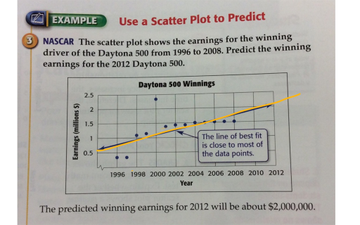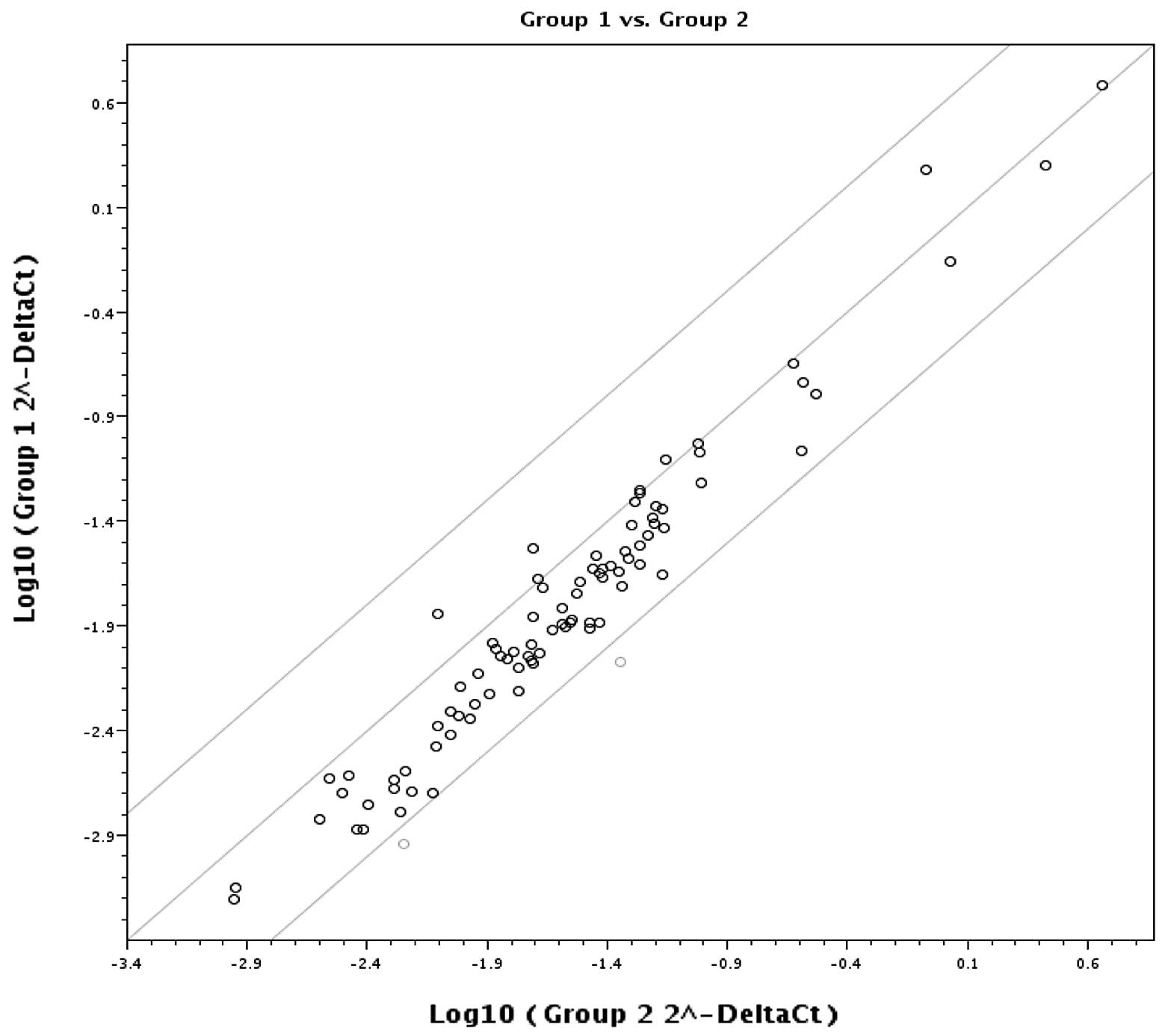
Suppose we call this dimension d, you'll receive back d+1 coefficients in p, which represent a polynomial conforming to an estimate of f(x): f(x) = p(1) * x^d + p(2) * x^(d-1) +. Note that if you want to fit an arbitrary polynomial to your data you can do so by changing the last parameter of polyfit to be the dimensionality of the curvefit. % now plot both the points in y and the curve fit in r


The regression line is a trend line we use to model a linear trend that we see in a scatterplot, but realize that some data will show a relationship that isn’t necessarily. A regression line is also called the best-fit line, line of best fit, or least-squares line. Now create a simple scatter plot in Stata using previous variables, price and mpg. It’s the line that best shows the trend in the data given in a scatterplot. To do this, I am trying to use cubic spline and create a scatter plot of baseline UACR and eGFR change, where the line of best fits with 95 CI adjusted for other covariates. To create scatter plot for each category in the Stata, first reset all the graph options, we selected, in the twoway graph window. * x + p(2) % compute a new vector r that has matching datapoints in x Dear Stata users, I am interested in investigating the association between specific measurements (baseline albuminuria and eGFR change). the first one for mean group latter for pooled mean group for group A and C i get results from stata for mg and pmg for B group mg results appears whereas pmg results keep on iterating with ml log. Suppose you have some data in y and you have corresponding domain values in x, (ie you have data approximating y = f(x) for arbitrary f) then you can fit a linear curve as follows: p = polyfit(x,y,1) % p returns 2 coefficients fitting r = a_1 * x + a_2 You need to use polyfit to fit a line to your data.

The difference is that with a scatter plot, the decision is made that the individual points should not be connected directly together with a line but, instead express a trend. Lsline is only available in the Statistics Toolbox, do you have the statistics toolbox? A more general solution might be to use polyfit. Scatter plots are similar to line graphs in that they start with mapping quantitative data points.


 0 kommentar(er)
0 kommentar(er)
